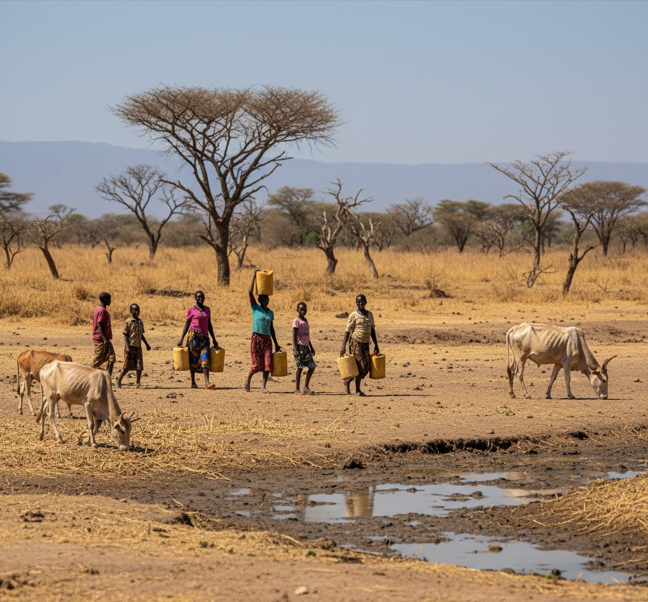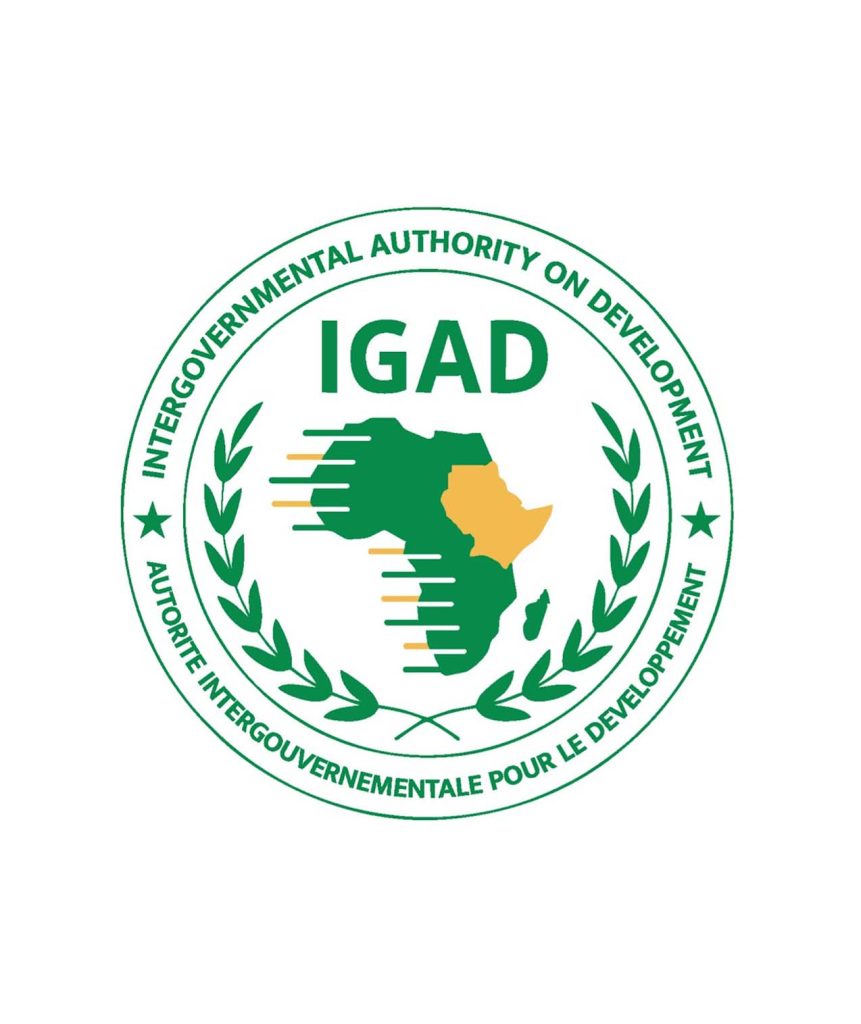What you need to know:
- Experts says addressing climate change in Uganda requires a sector by sector approach.
As the Uganda government enacts policy reforms, it must not overlook the need to address climate change effects across the country. The impact of climate change can easily set back the aspiration of attaining middle-income status if not properly addressed. Uganda is the 14th most vulnerable country to climate change globally, and it is ranked as the 163rd in terms of readiness to cope with the impacts, according to facts contained in the Uganda Country Climate and Development Report (CCDR), launched in Kampala by a team of experts from the World Bank.
Measures prescribed
Mr Cyril Desponts, a senior economist with the World Bank in Uganda said to address climate change resilience, it must be done sector by sector, including agriculture, energy, and infrastructure, among others.
Agriculture package
Mr Desponts explained that there is a need to promote resilient and productive agriculture and natural resources to achieve lower carbon emissions.
This includes on-farm and landscape measures to promote climate-smart agriculture, increase productivity, support water resource management, and reduce pressures that degrade the environment, and conserve forests and wetlands.
At the farm level, expanding irrigation and improving soil fertility can help counter the expected increase in crop yield variability.
Given the statistical information, he notes that between 2022 and 2050, crop yield could fluctuate between 12 percent and 12.5 percent
Climate change-induced soil erosion is expected to compound this vitality with additional yield decrease ranging from zero to 12 percent.
“Relative negative impacts on crops are concentrated in north and north-eastern Uganda. The country is therefore expected to expand climate-compatible irrigation to moderate yields,” he said.
It will also need the development of operationalise plans that detail infrastructure needs, establish community-based management irrigation schemes, control water abstraction, monitor compliance, and promote micro irrigation. It is also necessary to raise farmer awareness about soil quality and help to them implement suitable, sustainable practices that can improve soil health. “Complementary efforts to transition to grow perennial crops and use drought-tolerant seeds to increase productivity.









